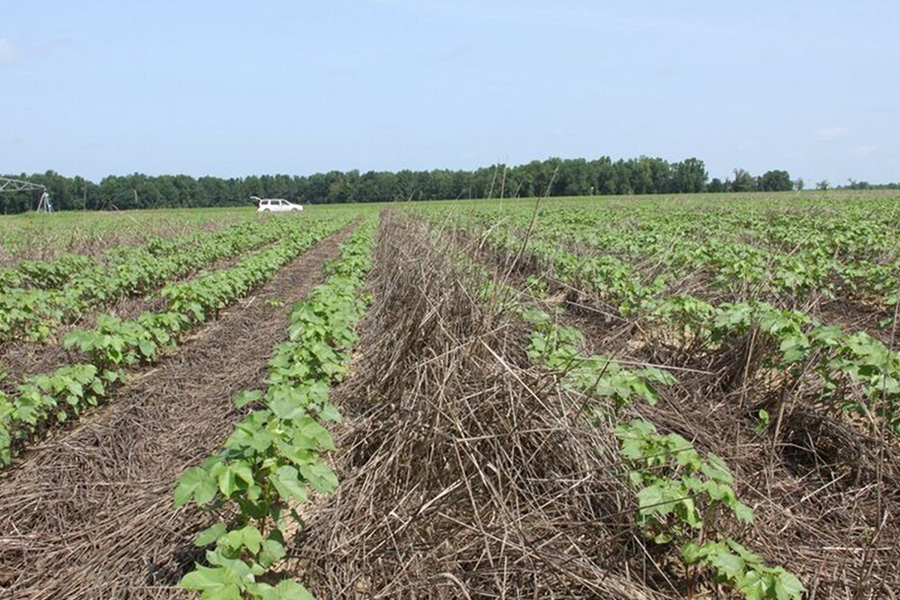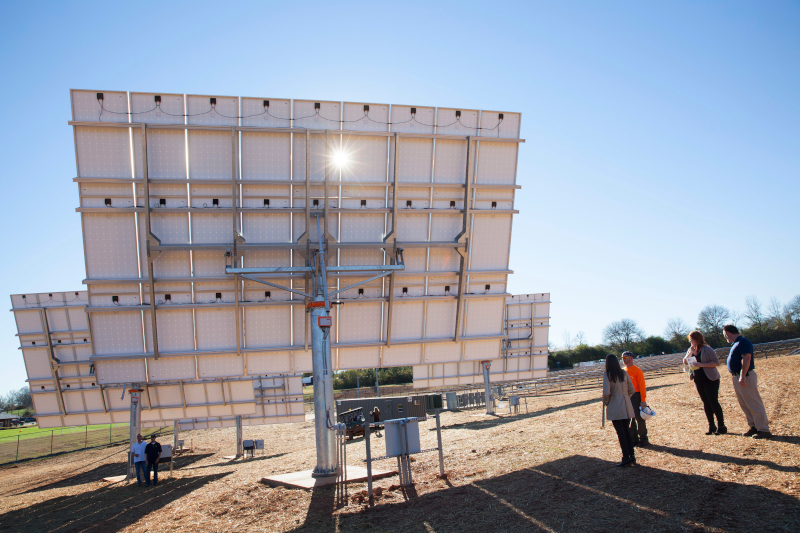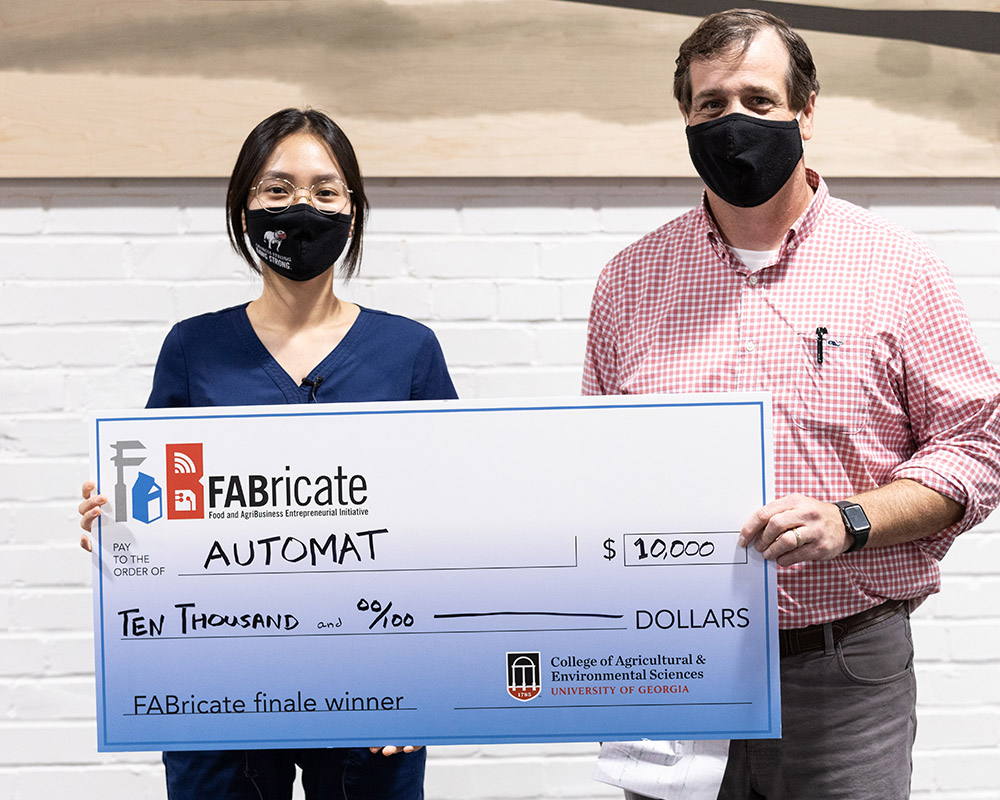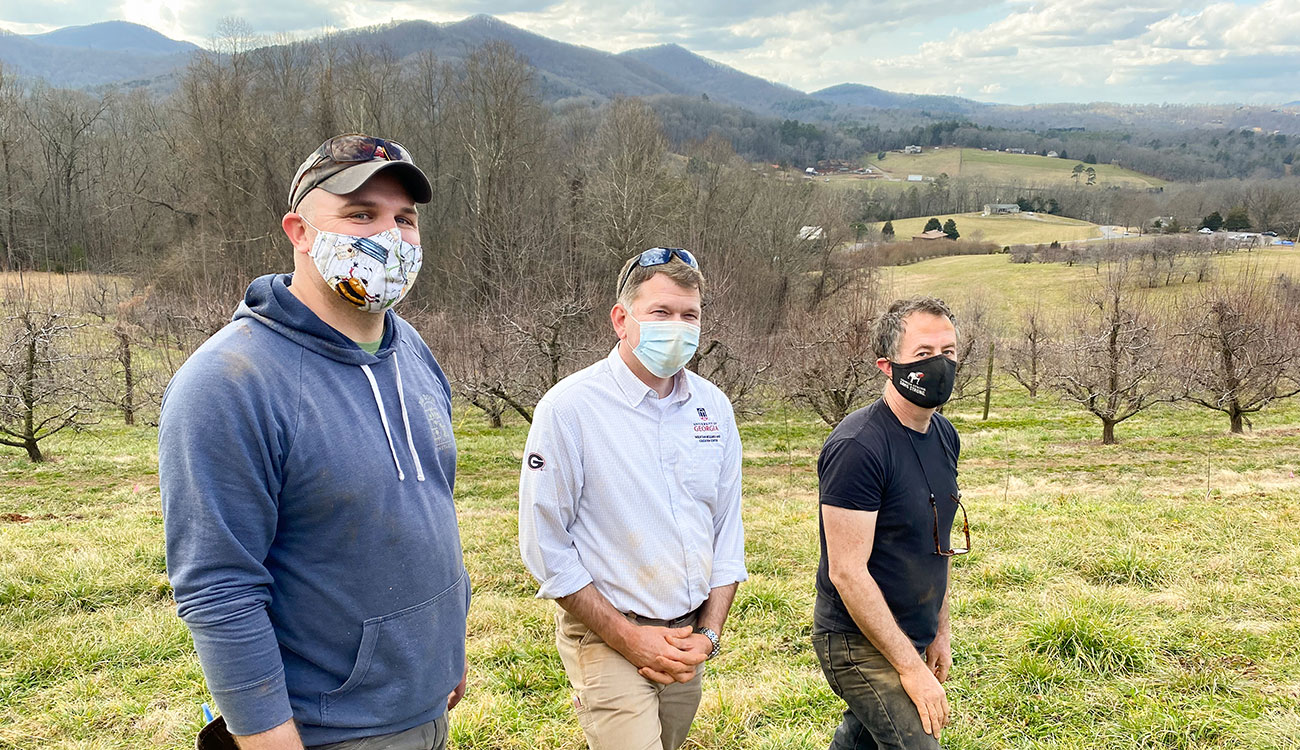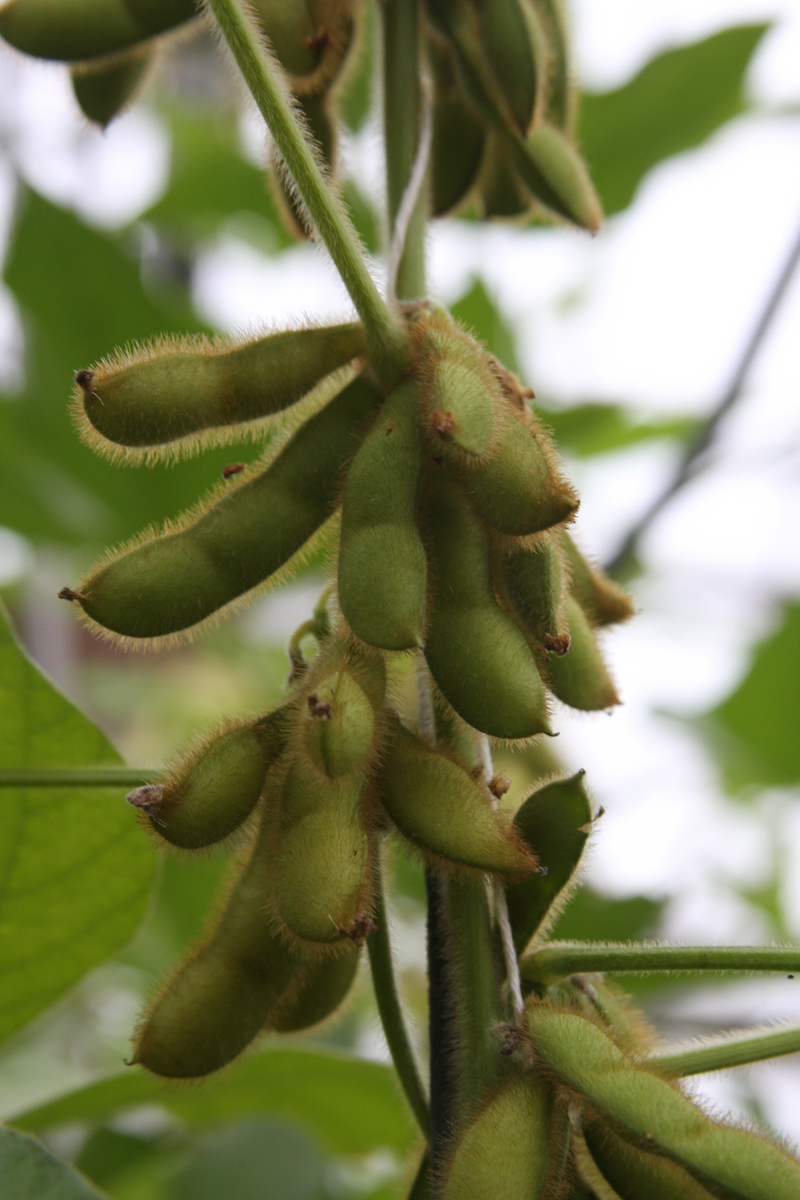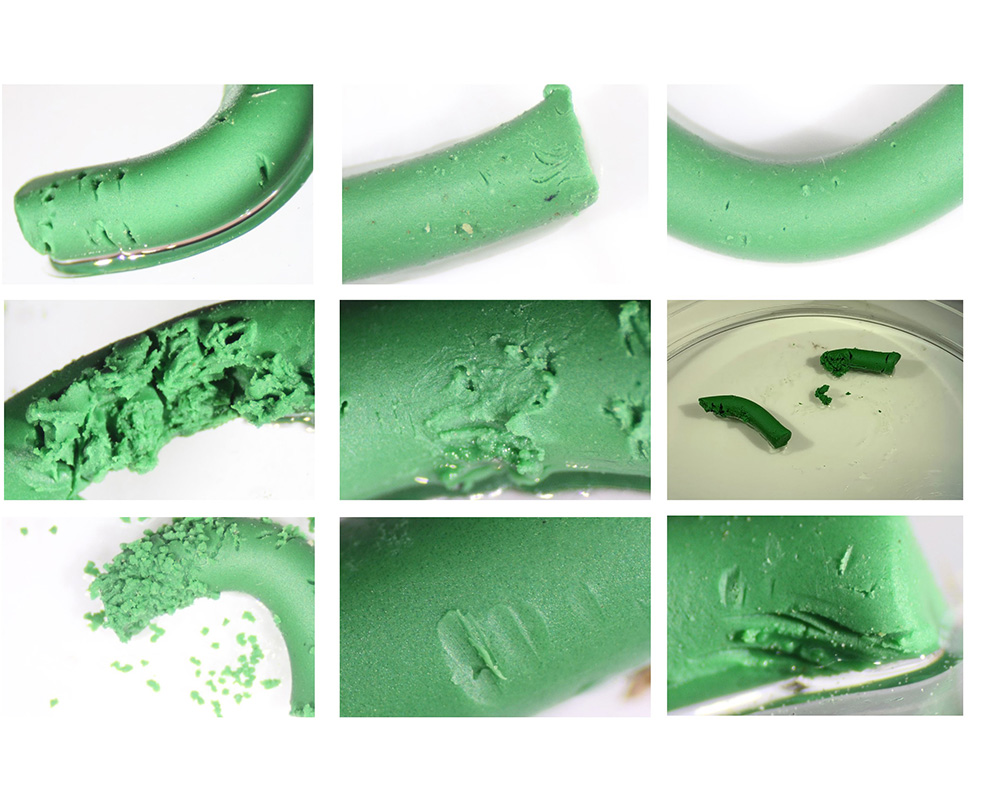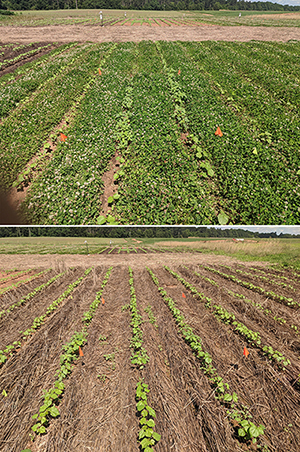 CAES News
CAES News
Cover Crops, Living Mulches
For most row crop producers in Georgia, corn, cotton and peanut are planted in the spring and harvested in late fall. After harvest, the ground is left relatively bare, with the residue of the harvested crop the only organic material left on the ground. This is where cover crops come in.

.jpg)

